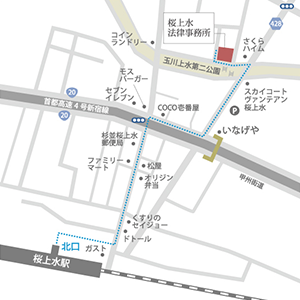Which of the following Is a Requirement for Life Jackets
Federal law requires that all vessels be equipped with a portable lifejacket for each passenger on board the vessel (portable lifejackets include types I, II, III or V). As a boat operator, it is your responsibility to provide each of your passengers with a life jacket. Keep in mind that there are fines for those who don`t wear the right number and/or type of life jackets for their passengers. In the United States and on waterways, each occupant must carry a Coast Guard-approved lifejacket that is properly suited to the intended wearer. Therefore, it is important to know that your lifejacket is approved by the Coast Guard to meet transportation requirements. This information, along with test approval numbers and manufacturer information, can be found in this section of the label. Remember: it is illegal to use your lifejacket in any other way than recommended by the manufacturer. This means that you should never use your lifejacket as a boat bumper or seat cushion. When purchasing a new lifejacket, keep the following in mind: In general, the intent of the new labels is to help users choose and care for the appropriate lifejacket for the activity they are participating in.
Labels have fewer words and more easily understandable symbols. If you haven`t seen them yet, you`ll soon notice that some life jackets have a new tag inside. Eventually, all new Coast Guard-approved lifejackets available in the U.S. will carry these new labels. This is part of the effort to make it easier to choose the right lifejacket for you and for you and for you to do an activity on the water. This new labelling process is also known as lifejacket label harmonization, which aims to make them more universally understandable and accepted, particularly in Canada and Europe. The goal was to simplify labels, with less font and more symbols. Even if your equipment is approved by the Coast Guard, you must ensure that it is not damaged and in good condition. Remember to maintain your lifejackets often and replace them according to the manufacturer`s instructions. It is important to read and understand the information on the label of your lifejacket before you buy it. Label information includes: The U.S.
Coast Guard has approved the following types of personal flotation aids: There are several types of traditional foam floats as well as new inflatable life jackets. Each is designed for different water activities and water conditions, each with its own maximum buoyancy, performance level and limitations. You should choose your life jacket based on the activities and conditions of your boat. Lifejackets must be approved by the U.S. Coast Guard to meet transportation requirements. Each state may have additional wear and tear requirements, for example for water skiing, personal watercraft, whitewater navigation activities and during certain months of cool weather. In addition, a boat 16 feet or more, except canoes and kayaks) must be equipped with a disposable floating device. See specific government requirements for lifejackets. By the way, attention to etiquette is serious business.
The use of a PFD beyond the purpose described on the label is illegal and may result in severe penalties. More importantly, it can lead to deaths. Therefore, you should always check the label and make sure you follow the directions. Boaters enjoy the feeling of the sun and spray It is therefore tempting to go boating without a life jacket, especially in good weather. But most boating-related drownings happen on sunny days. There are three different classifications for lifejackets: Lifejackets are divided into four broad categories based on weight: If you are in a smaller boat, other boaters may have difficulty seeing you. To increase your visibility to other boaters, you should always wear a colourful life jacket. Level 70 Tag Decoding – The FAT 70 means that it is a Level 70 lifejacket that offers similar performance to previously available Type III lifejackets. Lifejackets under 70 are not approved by the U.S. Coast Guard.
This is a metric measurement in newtons (70N is about 15 lbs of waterline). Newtons are used to meet European and Canadian standards. Information about power, buoyancy and rotation – The first thing you`ll notice is a bold number. It can be 50, 70, 100, 150 or 275. This is a measure of gravitational force which, in the case of a life jacket, is essentially buoyancy. Simply put, the higher the number, the greater the flotation. Currently, most lifejackets on the market in the United States are level 70 life jackets. There`s no excuse not to wear a life jacket on the water! New life jackets launched on the market will carry these new labels.



